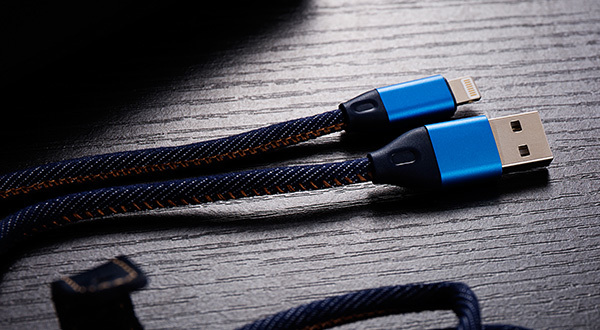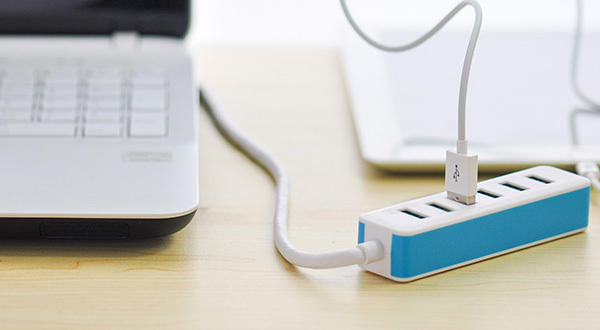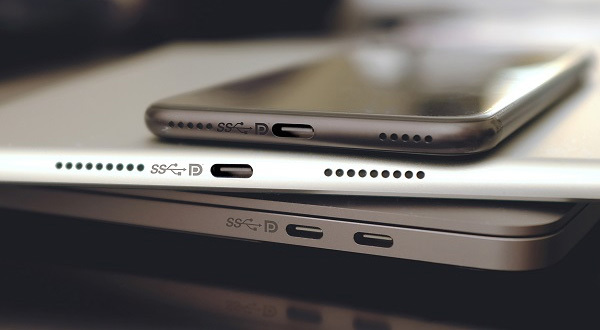If a wire harness processing plant is the time for the production of connecting wire manufacturers, people can choose some better methods, referring to the time for this part, flat wires, electronic wires, wires, electronic wires, people will definitely be able to reach through their own methods The effect is very good. When people are planning this aspect, they can also do some relevant understanding, and this approach makes it obvious to many people that the effect is very good, but when buying You must understand the type of interface here. As long as you can achieve good results, you can better understand the problems in this area. As long as this talent makes people feel that it is very good of.
07
04
/
2021
Talking about the simple difference between USB data line 2.0 and 3.0
The difference between USB3.0 and USB2.0 1. Data transfer rate, 3.0 is SuperSpeed 5.0Gbps, 2.0 is 1.5Mbps, 12Mbps or 480Mbps 2. Data interface, 3.0 is full-duplex, four-channel differential signal independent of USB 2.0 signal, supports simultaneous two-way data transmission, 2.0 is half-duplex, dual-channel differential signal, one-way data transmission, the total route needs to be negotiated in advance Transmission direction
07
04
/
2021
Comparison of DP2.0 and HDMI2.1 parameter standards and application advantages and disadvantages
Both DP and HDMI are commonly used video and audio transmission protocols, which support simultaneous audio and video output, and can be used for computer TV, projection display and other devices. DP and HDMI protocols have their own advantages, and different versions are also catching up with each other in performance. In the last chapter, we popularized the DP2.0 protocol standard. DP2.0 raised the transmission bandwidth to a new level. Compared with the same excellent HDMI2.1 video and audio protocol, which is better, DP2.0 or HDMI2.1? Below we compare DP2.0 and HDMI2.1 from three aspects: physical interface, parameter standards and application advantages.
07
04
/
2021



